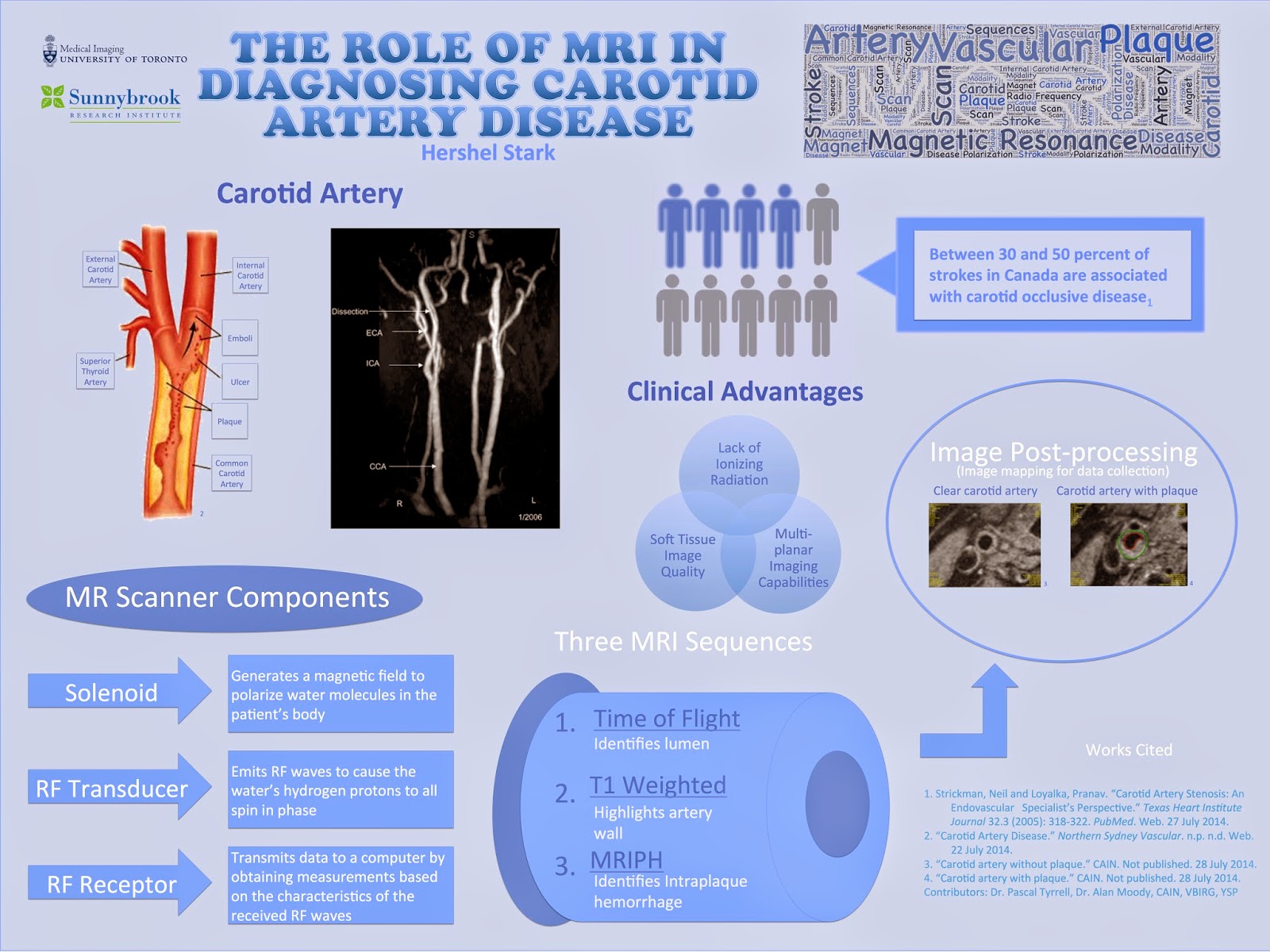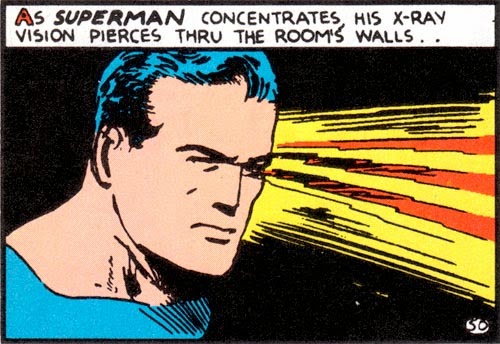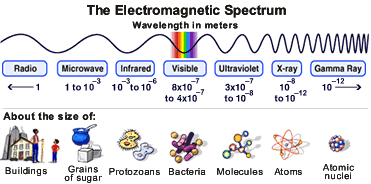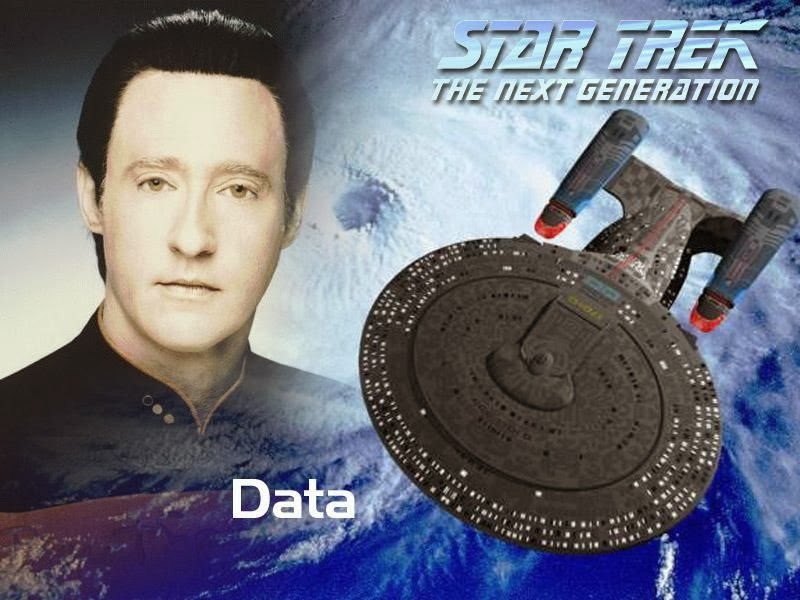 |
| Hershel Stark, MED YSP 2014 Student |
Throughout the month of July, I participated in a research program with the Division of Teaching Laboratories within the Faculty of Medicine at the University of Toronto. I was assigned to work with Prof. Pascal
Tyrrell and the Department of Medical Imaging, and spent the majority of my time with the Vascular Biology Imaging Research Group (VBIRG) at Sunnybrook Research Institute. I would like to discuss my experiences, what I gained from the program, and how I can take those skills with me into the future.
 |
Essentially, the program was composed of presentations and shadowing opportunities in which I was introduced to various imaging modalities used in both the clinical and research fields. I primarily studied MR imaging, but was nevertheless exposed to other modalities including ultrasound and CT. Towards the end of the program, I had two principal objectives: to present my experiences to the VBIRG group and to design an infographic for displaying. Below is a copy of my infographic:
and analyzed data provided me with a thorough insight of a researcher’s methods and techniques. The researchers that I worked with appropriately explained their individual roles on the research team, which led to my understanding of the significance of collaboration in scientific and medical research.
research career in university.
Dr. Alan Moody and the members of the VBIRG group for allowing me to shadow their research projects, as well as to Prof. Pascal Tyrrell and the Department of Medical Imaging at U of T for constructing the program and offering much assistance in the formation of my infographic. Finally, I’d like to thank Dr. Chris Perumalla and the Division of Teaching Laboratories in the Faculty of Medicine at U of T for formulating the research module of the Youth Summer Program, and Jastaran Singh and Jabir Mohamed for providing guidance as instructors throughout the program.










